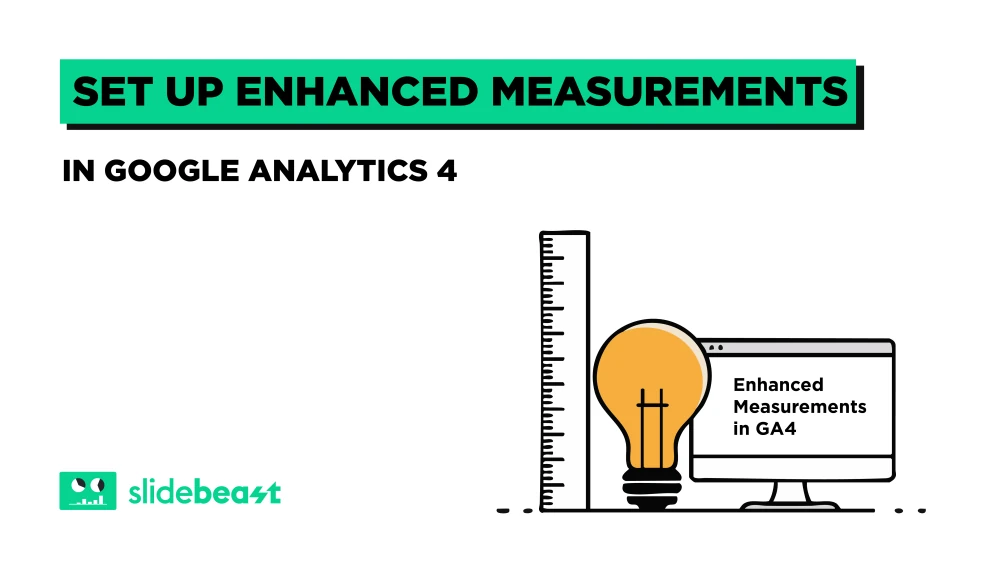What do you need your digital marketing channels to achieve? Would you like to construct brand awareness for a specific target audience? Create leads? Get more deals or email marketing supporters? As indicated by Smart Insights, 45% of organizations don't have an unmistakably characterized advanced promoting system; 17% of organizations have a computerized advertising procedure set up, yet it's different from their showcasing plan. Since each site is unique, it's critical to adopt a custom strategy to make advanced digital marketing techniques.
This article will guide you with the 6 pillars of digital marketing and how to set it up if you are starting your business from scratch. Everything included in this guide has been thoroughly researched and is a full-proof system that will allow you to jump-start your digital marketing strategies.
Types of Online Marketing
Our committed 6 Pillars exhibit what we excel in six of these divisions, each relating explicitly to an area of online advertising. Frequently these columns overlap, however that is the excellence of this business, and we love it. We desire to explain our 6 Pillars of ability to your business, administration, cause, or calling.
1) Creating Content/Content marketing
Content marketing is an essential digital marketing trend promoting, creating, and distributing valuable, pertinent, and reliable substance to draw in and hold a clearly-defined targeted audience — and, at last, to drive productive client activity. Content marketing is tied in with storytelling, and people have recounted stories however long they could talk. Our consideration will consistently go to the individuals who recount incredible stories.
2) Paid Advertising
Native advertising is paid content resulting in brand awareness. Articles, infographics, recordings, and so on – if a content creator can make it, partnerships can get it, and distributing stages can promote it. Additionally called advertorials, native advertising is a kind of online commercial that looks like the article substance of the site or distribution they're promoting.
3) Pay-per-click (PPC) advertising
A web promotion model in which publicists pay an expense each time one of their advertisements are clicked. It’s a method of buying visits to your site, instead of endeavoring to "procure" those visits naturally. Search engine advertising is quite possibly the most famous type of PPC. It permits advertisers to offer promotion arrangements in a web search tool's supported connections when somebody looks on a watchword that is identified with their business offering.
4) Search engine optimization (SEO)
The act of expanding the amount and nature of traffic to your site through natural search engine results. A few examples of SEO's incorporate; crawl accessibility so search engines can peruse your site, convincing content that answers the searcher's question, keyword enhanced to pull in searchers and engines, incredible client experience including a quick burden speed and convincing UX, a share-commendable substance that procures connections, references, and intensification, title, URL, and depiction to draw high CTR in the rankings.
5) Social media/Influencer marketing
SMM is a type of web marketing that includes creating and sharing content via online media networks to accomplish your promoting and marketing objectives. Online media marketing incorporates exercises like posting text and picture updates, recordings, and other substance that drives crowd commitment, just as paid web-based media promoting. Influencer marketing is a huge aspect of social media marketing as its the use of famous influencers from Instagram or YouTube to advertise content through sponsorship.
6) Email marketing
Email advertising is the act of sending a business message, normally to a gathering of individuals, using email. Each email shipped off a potential or current client could be viewed as email showcasing in its broadest sense. It includes using email to send promotions, demand business, or request deals or gifts. Email advertising techniques generally try to accomplish at least one of three essential targets, to construct unwaveringness, trust, or brand mindfulness. The term, as a rule, alludes to sending email messages to improve a shipper's relationship with current or past clients, empowering client steadfastness and rehash business, securing new clients or persuading current clients to buy something quickly, and sharing outsider promotions.







